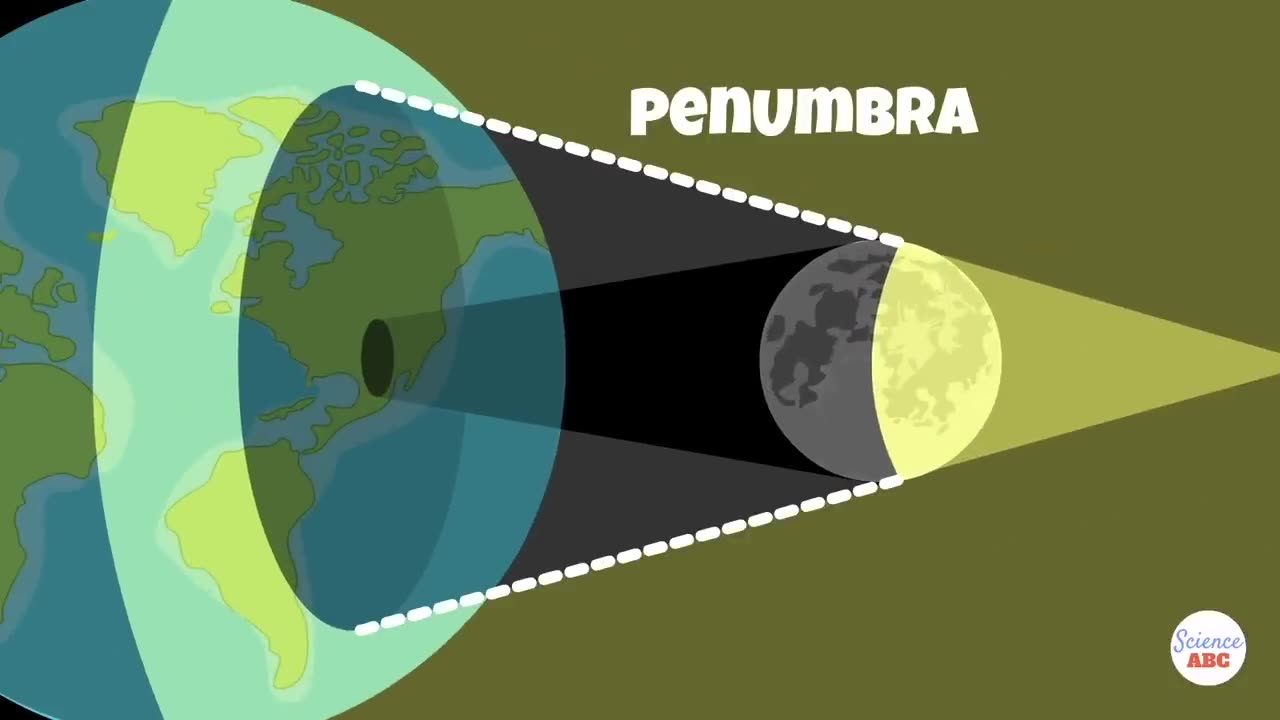Premium Only Content

Lunar and Solar Eclipse Explained: A Beginner's Guide to Eclipses
Solar and lunar eclipses are celestial phenomena that occur when the sun, moon and Earth align in a way that either the moon casts a shadow on Earth or the latter casts a shadow on the moon. So what are the similarities and differences between lunar and solar eclipse?
Just as Earth moves around the sun in an elliptical orbit every year, our natural satellite-the moon-also revolves around the Earth. It takes about 27.322 days for the moon to complete one revolution around our planet. Due to all the inter-related motion happening between these three celestial bodies, several physical phenomena occur. When the new moon, during its revolution around the Earth, moves between the sun and the Earth, it blocks out the sun's rays, which casts a shadow on parts of the planet. This is called an eclipse of the sun or a solar eclipse. In other words, a solar eclipse happens when the moon passes in a direct line between the sun and the Earth.
Since the moon continuously revolves around the Earth, it's only natural that it sometimes comes between the sun and the Earth, while at other times it goes BEHIND the Earth, so that the Earth comes between the moon and the sun. When the latter happens, we see a lunar eclipse.
-
 32:01
32:01
SB Mowing
25 days agoHer Tears Said It All: “My Prayers Have Been Answered”
5.06K23 -
 LIVE
LIVE
Price of Reason
8 hours agoTrump Means Business! Disney's F4 Hail Mary Pass! Assassin's Creed Shadows Art Book SUCKS?
1,781 watching -
 LIVE
LIVE
SpartakusLIVE
7 hours ago#1 Shadow BANNED Hero
777 watching -
 2:17:46
2:17:46
Kim Iversen
7 hours agoTrump To SMUG Netanyahu: Let's Clear “All” Palestinians From Gaza! | RFK Jr, Tulsi Move On To Round Two
56.2K246 -
 30:25
30:25
Standpoint with Gabe Groisman
1 day agoDemocrats Are Stalling Trump Appointments with Senator Rick Scott
80.4K15 -
 1:00:24
1:00:24
The StoneZONE with Roger Stone
7 hours agoAnthony Fauci’s Brutal History Of Animal Torture Exposed! | The StoneZONE w/ Roger Stone
53.7K18 -
 1:03:38
1:03:38
Man in America
8 hours agoUSAID Corruption, $21 TRILLION Missing, & the End of the US Global Empire?
36.3K29 -
 56:38
56:38
Flyover Conservatives
8 hours ago6 Steps to Take Advantage of Trump’s New Golden Age! - Clay Clark | FOC Show
26.5K2 -
 1:15:25
1:15:25
Glenn Greenwald
8 hours agoTulsi and RFK Jr. Approved by Key Senate Committees; Trump Meets Netanyahu: Wants to Cleanse Gaza; Pro-Palestinian Group Suspended at UMich | SYSTEM UPDATE #402
85.8K101 -
 1:43:57
1:43:57
Danny Polishchuk
8 hours agoThe Funniest Call In Show On Earth - Live From New York City's Best Comedy Club
48.6K1